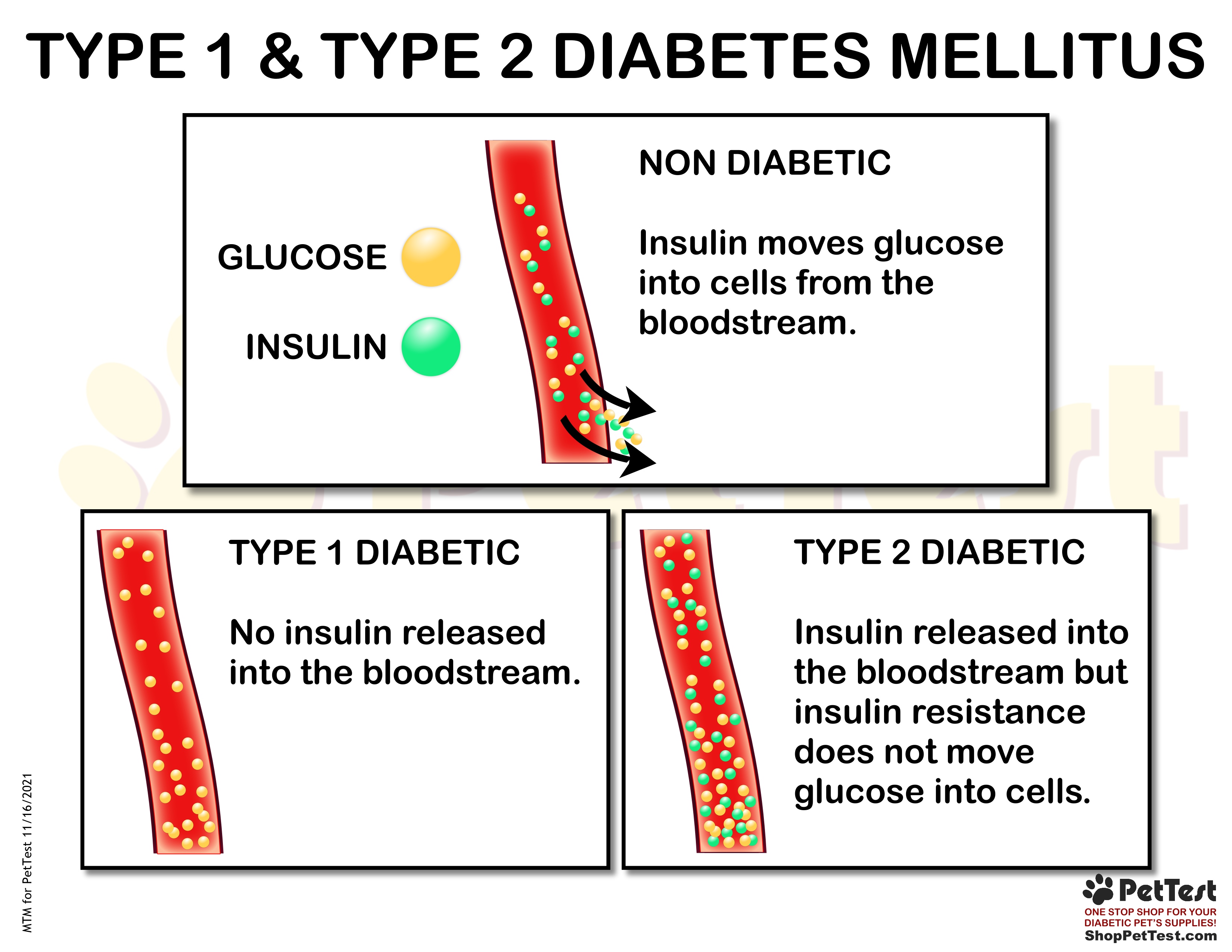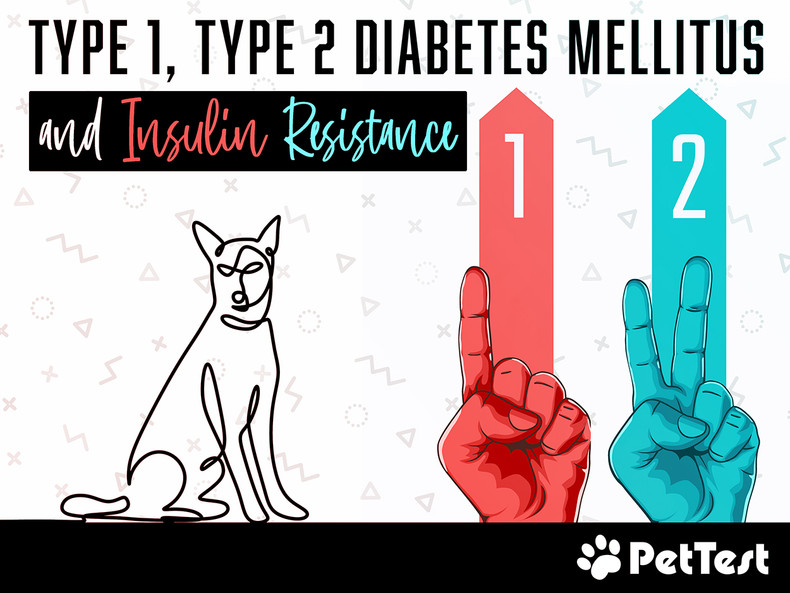Type 1, Type 2 Diabetes Mellitus and Insulin Resistance
Sir Harold Percival published research in 1936 that divided Type 1 and Type 2 diabetes mellitus. This was a particularly important finding since the two can be treated differently. Type 1 requires insulin injections for life and type 2 diabetes can be treated with oral medications, diet and possibly insulin injections.
Today I am going to go over both T1 and T2 diabetes. For many these diseases can be confusing, so grab a cup of your favorite caffeinated beverage and let’s get to it!

Type 1 diabetes is an autoimmune disorder. The beta cells in the pancreas produce insulin but with T1 diabetes the immune system has attacked and destroyed the beta cells. Beta cell destruction causes diabetes and the pancreas produces little to no insulin when they are destroyed. They do not currently know exactly why the immune system sees the beta cells as an invader of the body, but in 2019 Dr. Thomas Delong and Kathryn Haskins, PhD discovered that hybrid insulin peptides (HIP) are on beta cells and may be the cause of immune cells attacking them. Genetics, illness like pancreatitis, viruses and infection are factors that can cause T1 diabetes. Type 1 diabetics require insulin for life along with a healthy, carbohydrate conscious diet.
Type 2 diabetes has been labeled a metabolic disorder but it is currently being redefined as an autoimmune disorder. The pancreas produces insulin but the body is resistant to insulin and insulin does not open cells to accept glucose for energy. Sometimes the pancreas produces insulin but not enough for the body’s needs. Genetics, poor diet, being overweight/obese, medications, hormones and certain diseases can cause T2 diabetes.
Type 2 diabetes may be treated with oral medications, low carbohydrate diet and sometimes insulin injections. Oral medications that treat T2 diabetes includes carbohydrate blockers, increasing insulin sensitivity and stimulation of secretion of insulin from the pancreas.
Humans can be T1 or T2 diabetes. Cats are typically T2 diabetics. Luckily when a human is prediabetic strict diet and exercise may reverse it and some cats that are T2 diabetics have gone into remission with strict diet and insulin, when this happens they no longer require insulin.
Now let’s talk about our T1 dogs and insulin resistance! While they require insulin for life, they can also be insulin resistant for different reasons. Let’s go over some of the most common reasons we see diabetic dogs with insulin resistance in our Facebook group, Diabetic Dog Owners.
Dogs with Cushing’s Disease – Cushing’s Disease is caused by the adrenal or the pituitary glands secreting too much cortisol. Cortisol is a hormone and can cause insulin resistance. Cushing’s Disease requires medication and must be controlled to effectively manage diabetes. When a diabetic dog is not treated for Cushing’s Disease the dose of insulin is remarkably high and blood glucose control is poor.
Heat cycles in unspayed female diabetic dogs – in a heat cycle dogs go into diestrus if they do not become pregnant. During diestrus progesterone levels are high. Progesterone is a hormone that can cause insulin resistance, especially in diabetic dogs. Unspayed diabetic females need to be spayed since diestrus can cause diabetic ketoacidosis (DKA), a fatal illness if not treated appropriately.
Corticosteroids – steroids are given for many varied reasons but can cause insulin resistant in diabetic dogs. Diabetic dogs should not be given corticosteroids unless all other avenues have been exhausted.
Rebound / Somogyi Effect – Too much insulin can look like insulin resistance, but it is the liver dumping glucose into the blood stream as an emergency response to hypoglycemia. The liver is saving the body from possible disaster.
High triglycerides / blood fats – high triglycerides and high blood fats can cause insulin resistance. Certain breeds like Schnauzers are genetically predisposed to high triglycerides. Low fat diet can help along with a good source of fiber to reduce triglycerides.
I hope this blog has helped you understand the difference between type 1 and type 2 diabetes mellitus. And I hope that you now have a better understanding of some of the things that can cause insulin resistance in our diabetic dogs.
Until next week stay comfy and caffeinated!
If you have any questions, comments or suggestions, please start a conversation below.
If you are looking for a Facebook community to join for support, I have proudly been an admin in Diabetic Dog Owners for almost five years. You can also join Canine Diabetes Support and Information on Facebook as well.
Be sure to join the PetTest family on Facebook and Instagram. PetTest has fun, interactive posts AND they have fabulous giveaways every week!
Do you need a blood glucose meter kit for your diabetes arsenal? Click here to purchase one today!
For a printable version of this blog click here.

